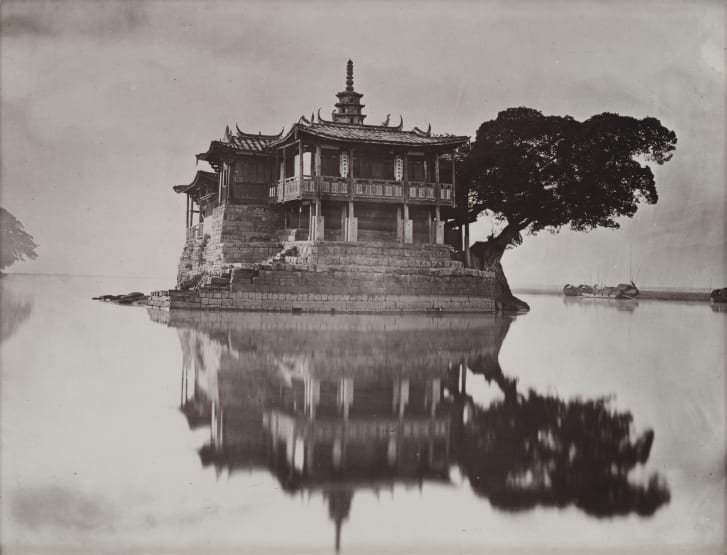B
efore the arrival of photography, the Western imagination of China was based on paintings, written travelogues and dispatches from a seemingly far-off land.From the 1850s, however, a band of pioneering Western photographers sought to capture the country's landscapes, cities and people, captivating audiences back home and sparking a homegrown photography movement in the process.Among them were the Italian Felice Beato, who arrived in China in the 1850s to document Anglo-French exploits in the Second Opium War, and Scottish photographer John Thompson, whose journey up the Min River offered people in the West a rare look into the country's remote interior.

These are just some of the figures whose work features in a 15,000-strong photo collection amassed by New York antiquarian and collector Stephan Loewentheil. His 19th-century images span street scenes, tradespeople, rural life and architecture, showing -- in unprecedented detail -- everything from blind beggars to camel caravans on the Silk Road.
A rare book dealer by trade, Loewentheil has spent the last three decades acquiring the pictures from auctions and collectors, both in and outside China. They form what he claims to be the world's largest private collection of early Chinese photography. (And given the number of artworks and artifacts lost in the country's turbulent 20th century -- during Mao's Cultural Revolution, in particular -- the claim is entirely reasonable.)
In 2018, he put 120 of the prints on display in Beijing for the first time. The exhibition's scope ran from the 1850s, the very genesis of paper photographs in China, until the 1880s. It featured examples of the earliest forms of photography, such as albumen print, which uses egg whites to bind chemicals to paper, and the "wet plate" process, in which negatives were processed on glass plates in a portable dark room.

These technological developments heralded the birth of commercial photography in China, as they allowed images to be quickly replicated and spread for the very first time."People wanted to bring back great images that they could sell in other places," said Loewentheil. "People who traveled there, everyone from diplomats and businessmen to missionaries, all wanted to bring home a record of this beautiful culture of China that was so unique.